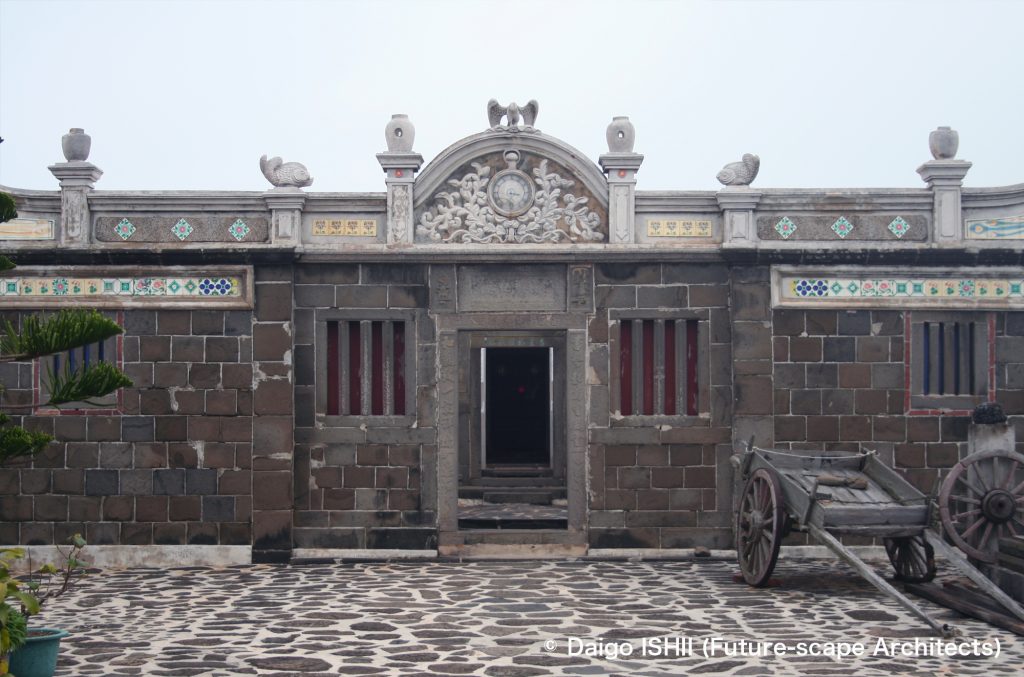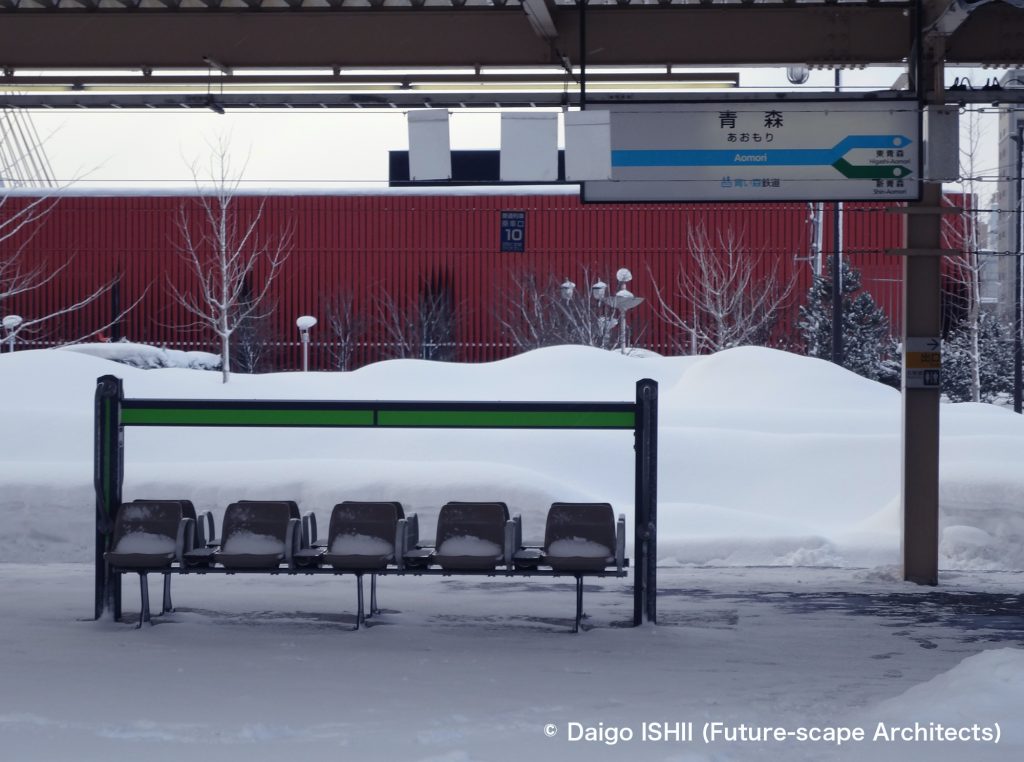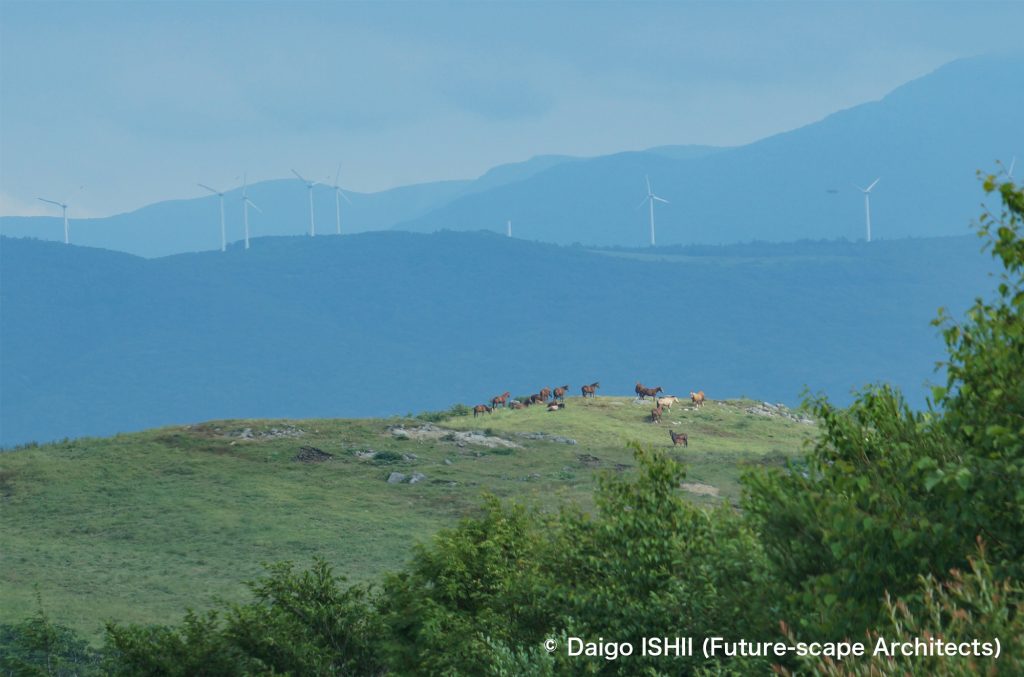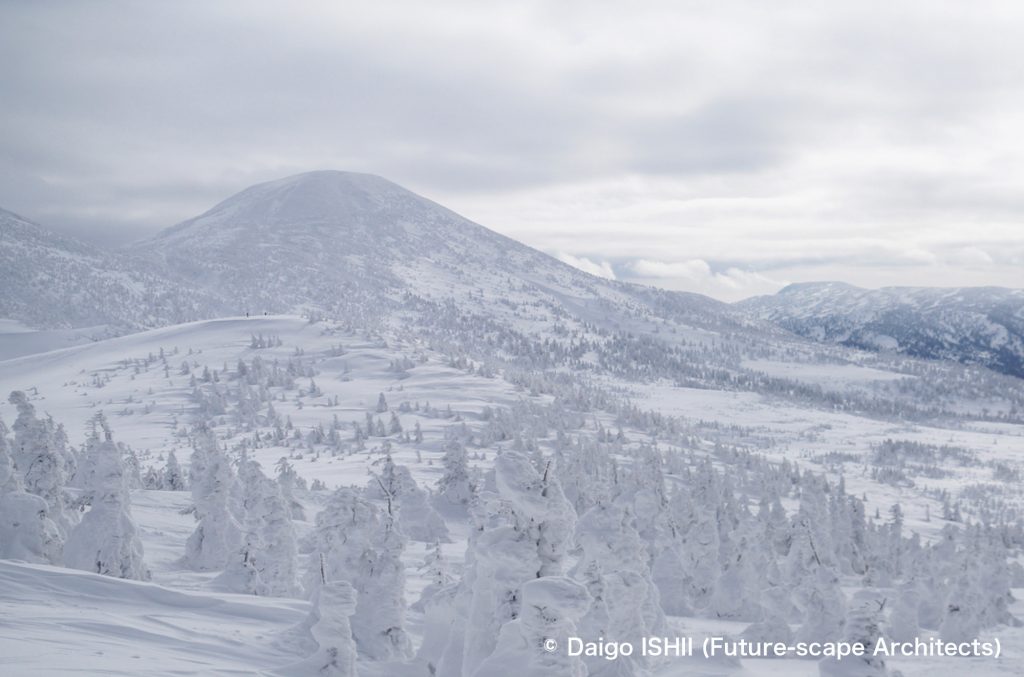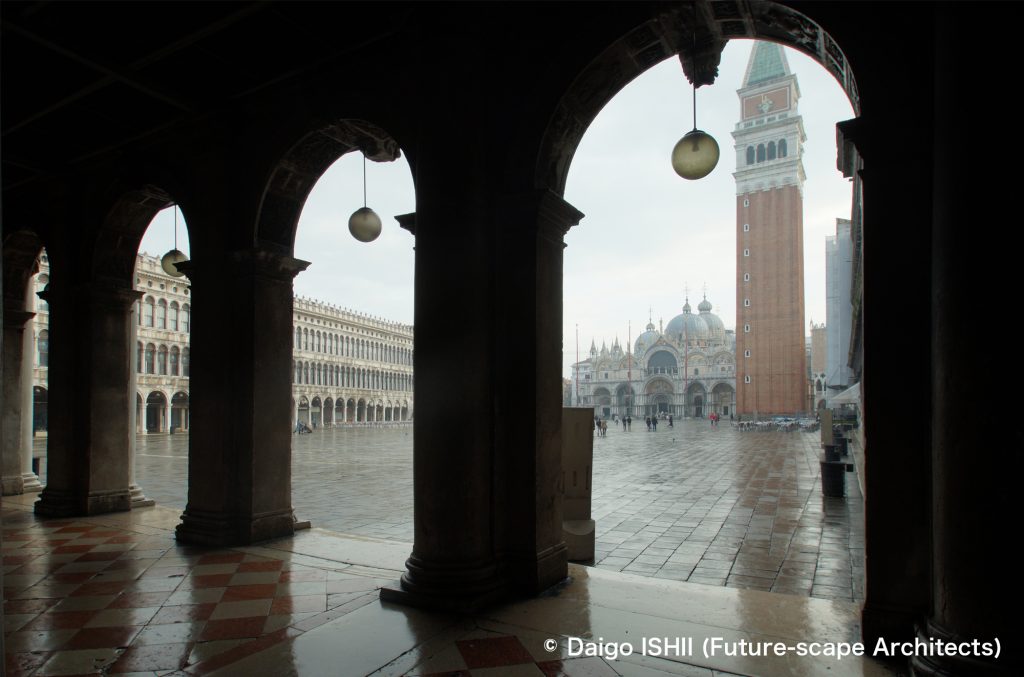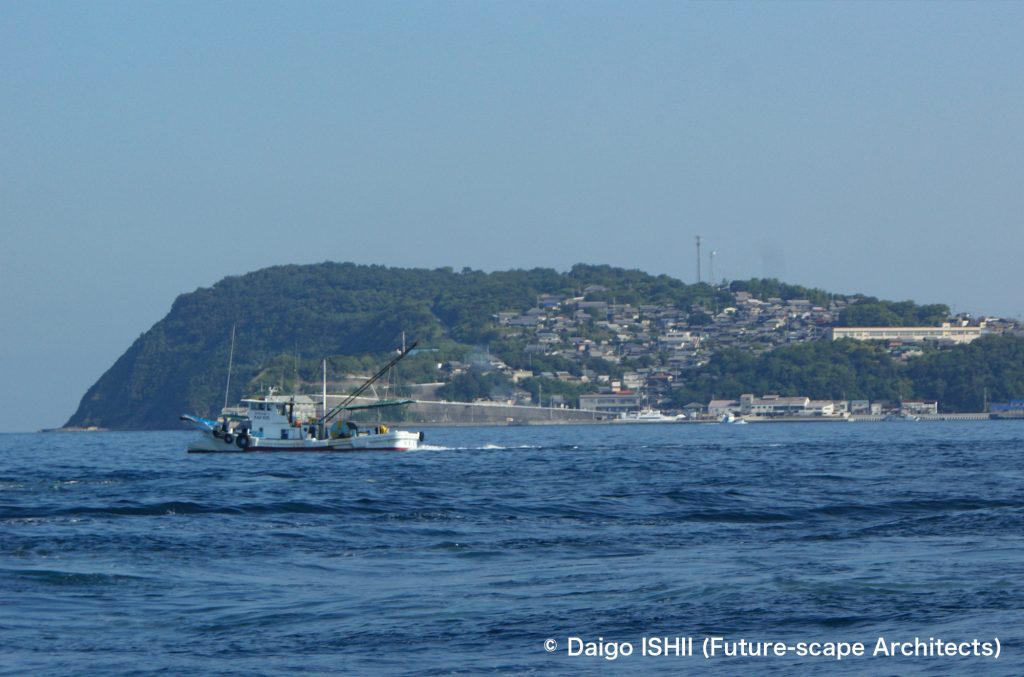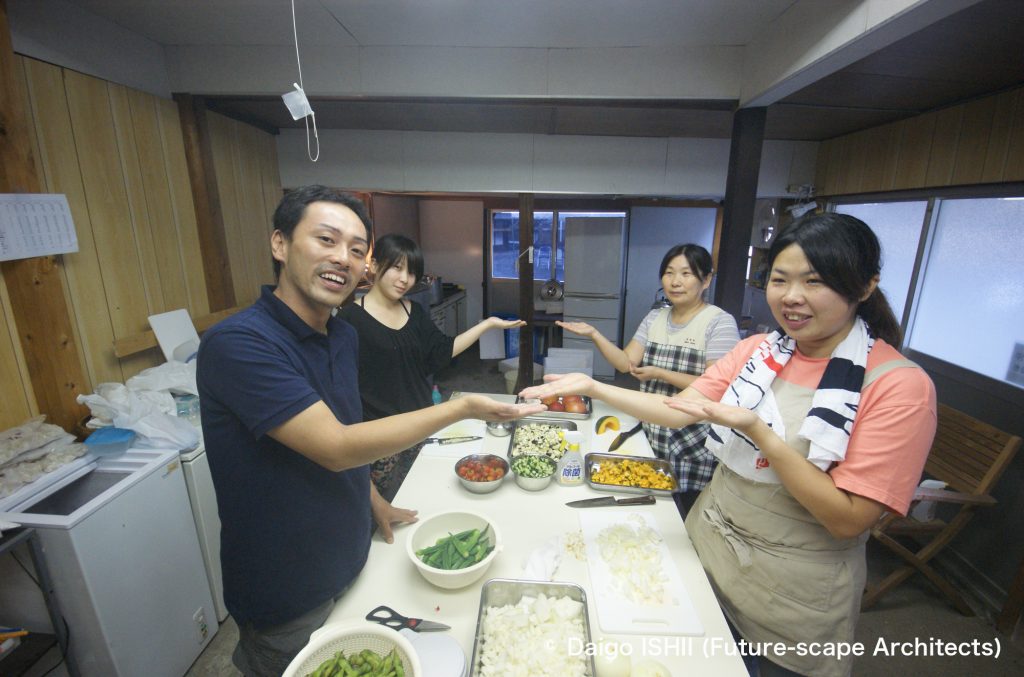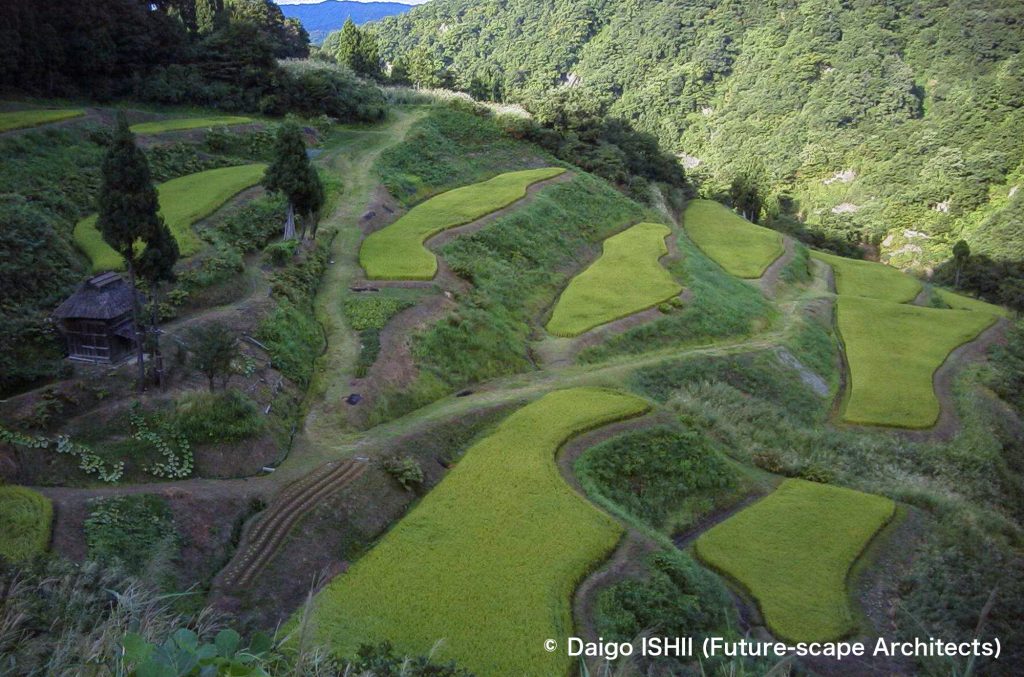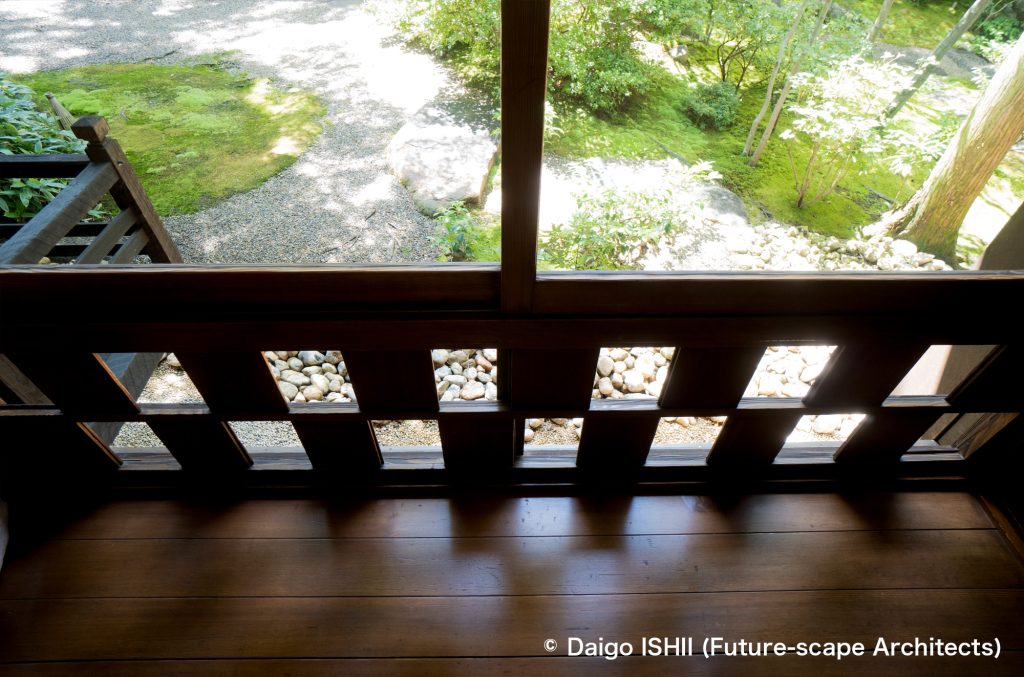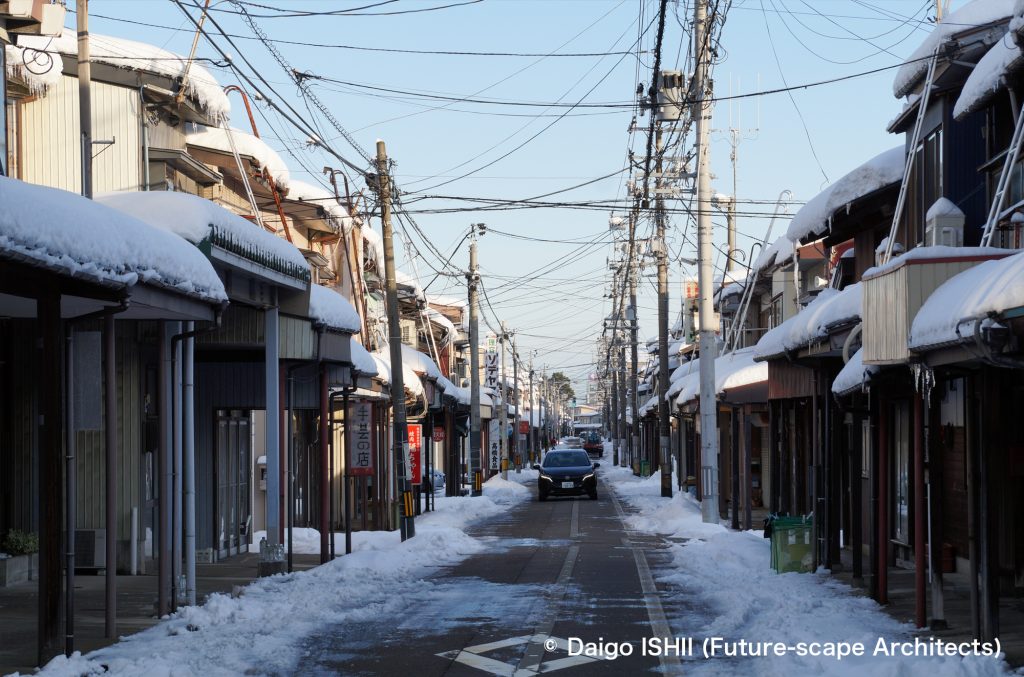Jhongshe on Wangan Island, a remote island for a remote island, is also a splendid traditional village.
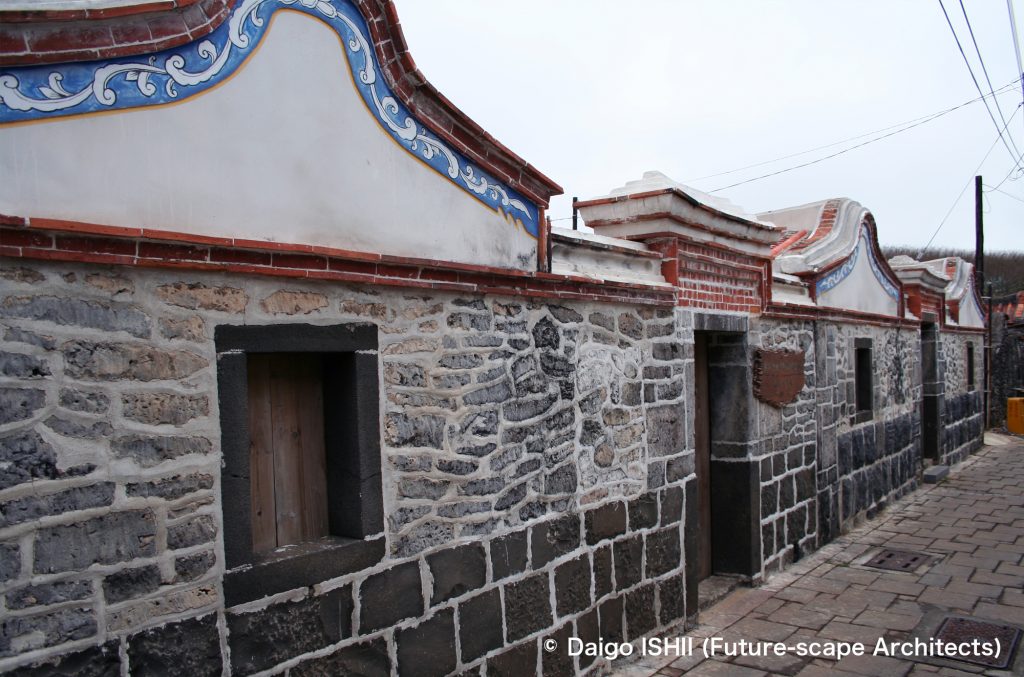
It takes one hour by jetfoil from Magong, the central city of the Penghu Islands, to Wangan Island. Jhongshe is a village on the west coast of the Island. It was founded over 300 years ago. For a long time, it was called "Hua zhai (flower house)" because it was located at the flower core of the five petal-shaped hills. The preservation work was still limited to a part of the village, and quite a few abandoned houses existed.
The old house was nearly 200 years old. In the early time, the wall of a house was built with uneven coral stones taken from the sea. In the middle period, flat and uniform coral stones were selected, and finally, coral stones were piled up on basalt wainscots. As time went on, the village came to have leeway and fostered a sense of beauty. Vivid plaster patterns and Japanese majolica-like tiles remained on the walls that peeled off. I imagined that in the past the village must have been full of color in contrast with white Erkan Village.
The Zeng Residence was the most gorgeous and well-preserved house. The façade on the entrance gave the impression that Chinese culture had been awakened by modern times. The small green window on the upper side of the side windows that overlapped vertically was for a rich woman, who could not easily go out, to look outside. The lower window had a brick lattice in the shape of the letter Zeng, and was a sign to show off the family. The small hole on the right side of the entrance was a cat hole for cats to pass through. I saw a lot of cats, so maybe it might still function. From such a small device, the feature of the community emerged.
The island had no means of transportation other than rental bikes. When I, who had no experience to manage a bike, asked the islanders how to get to Jhongshe from the port, the man at the gas station picked me up on a motorbike and took me there. On the way back to the port, I was walking in the grassland intending to walk for 40 minutes. This time a police car picked me up, and a policeman took me to some sightseeing spots. Hospitality was also the locality of the island.
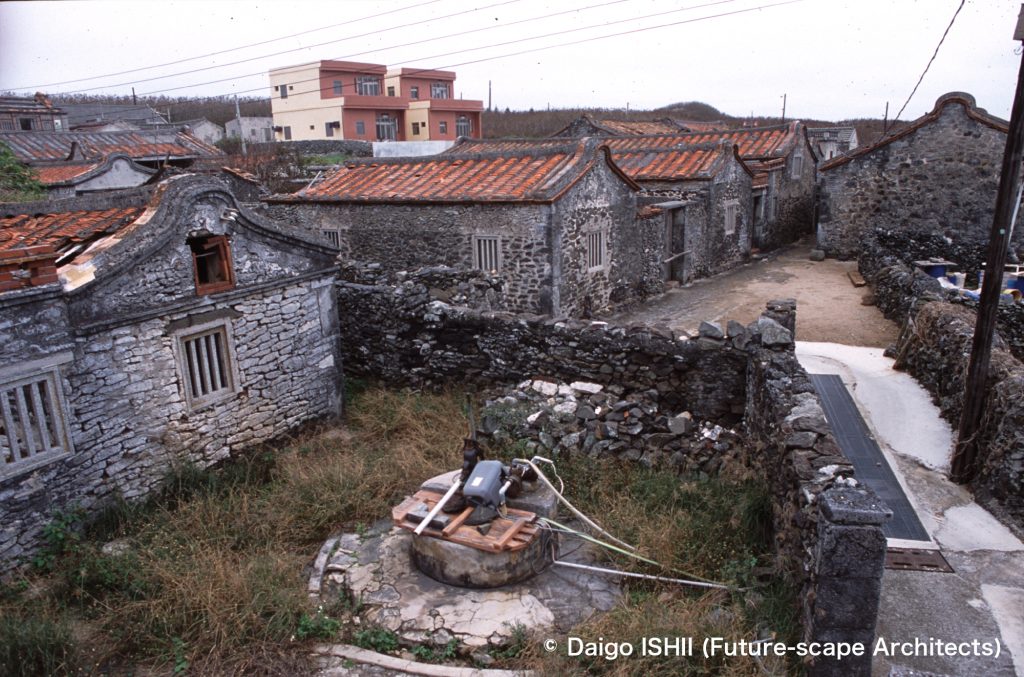
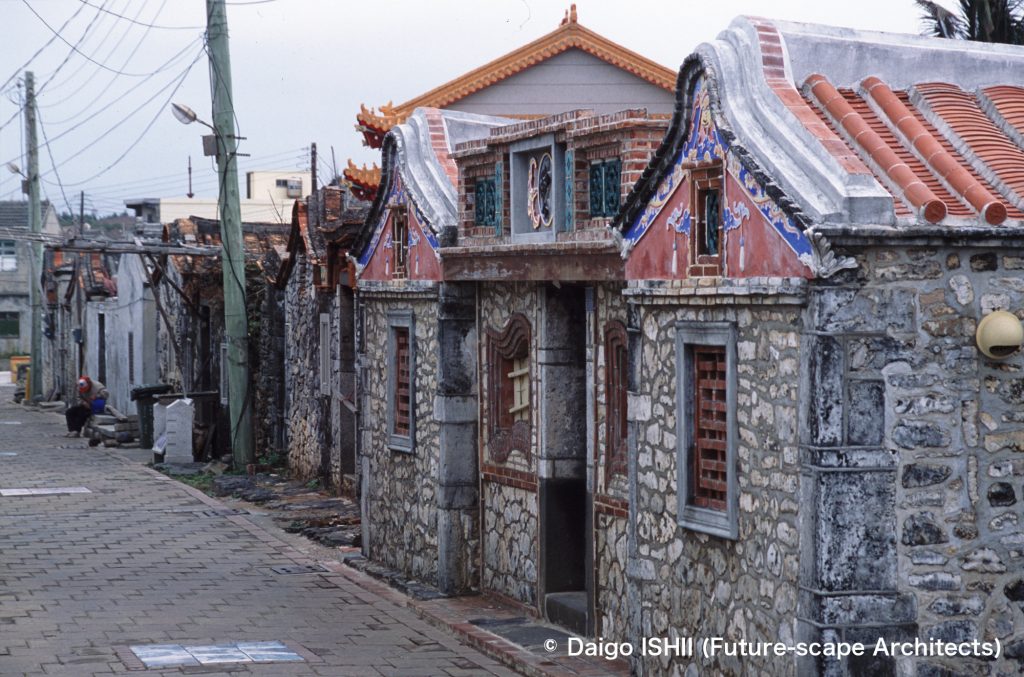
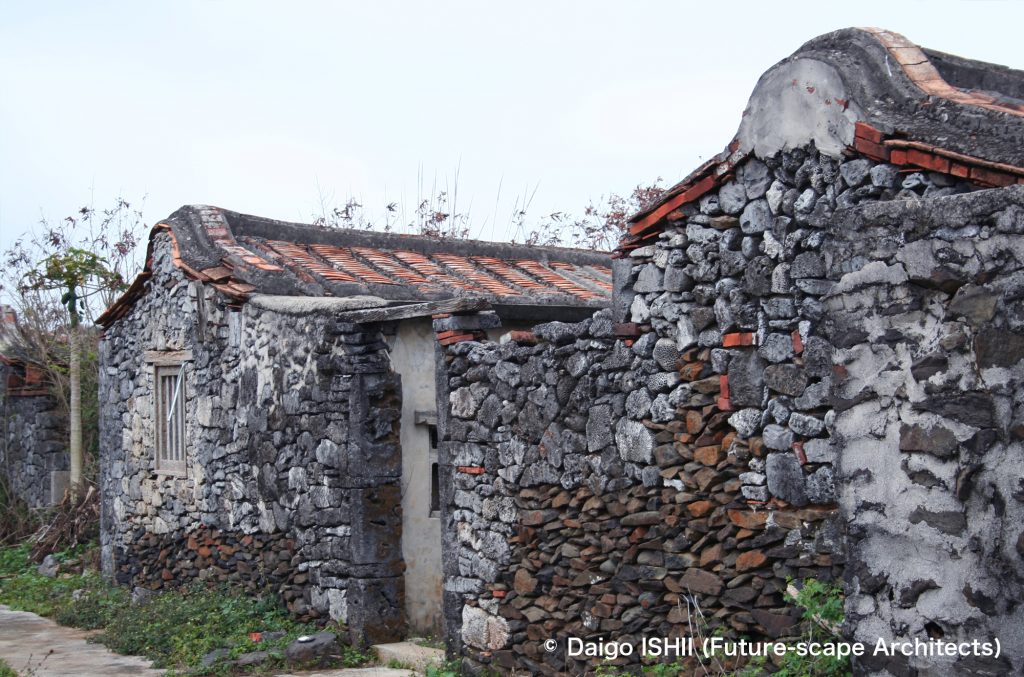
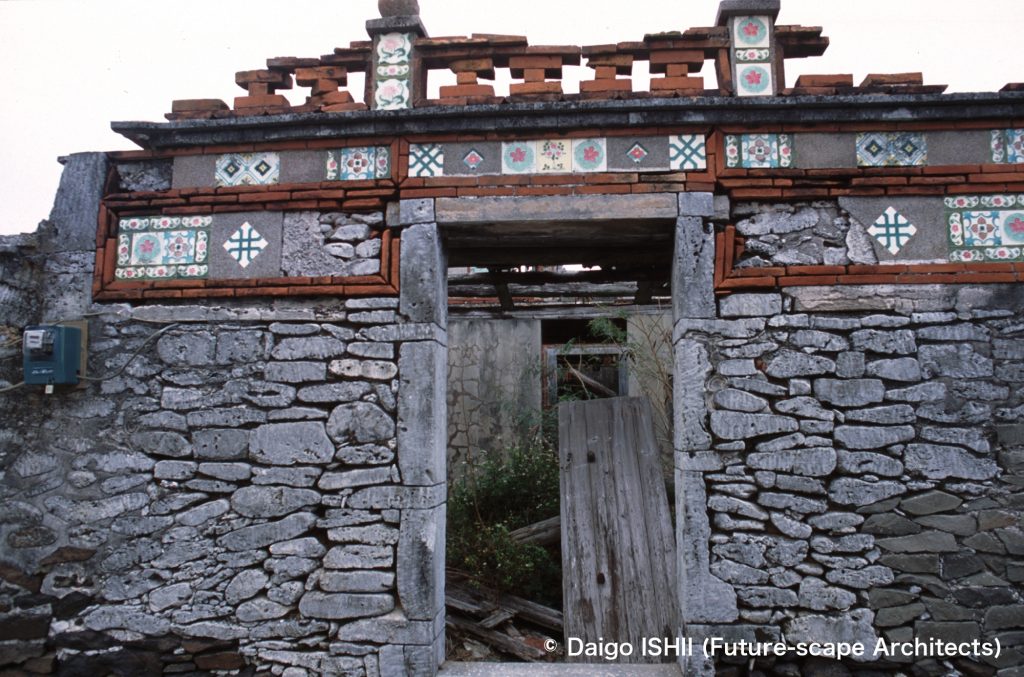
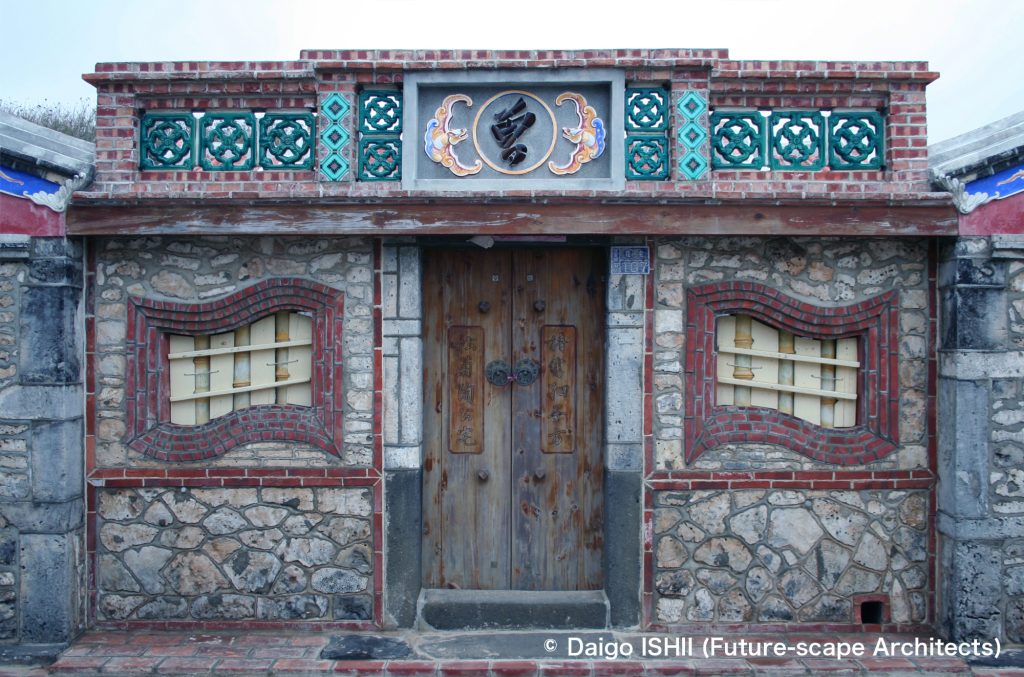
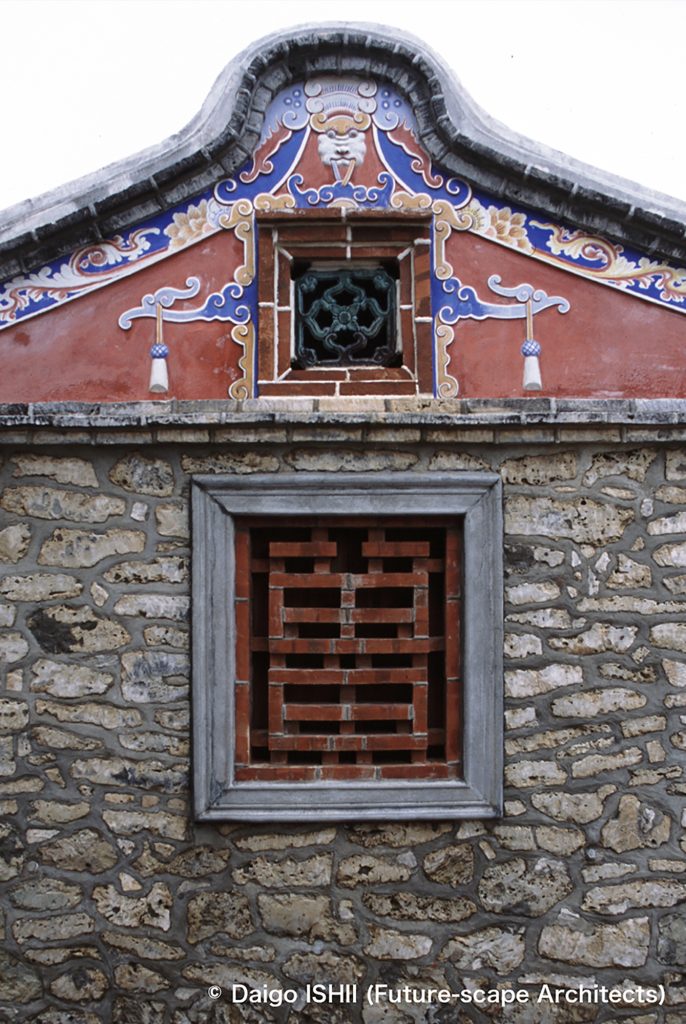
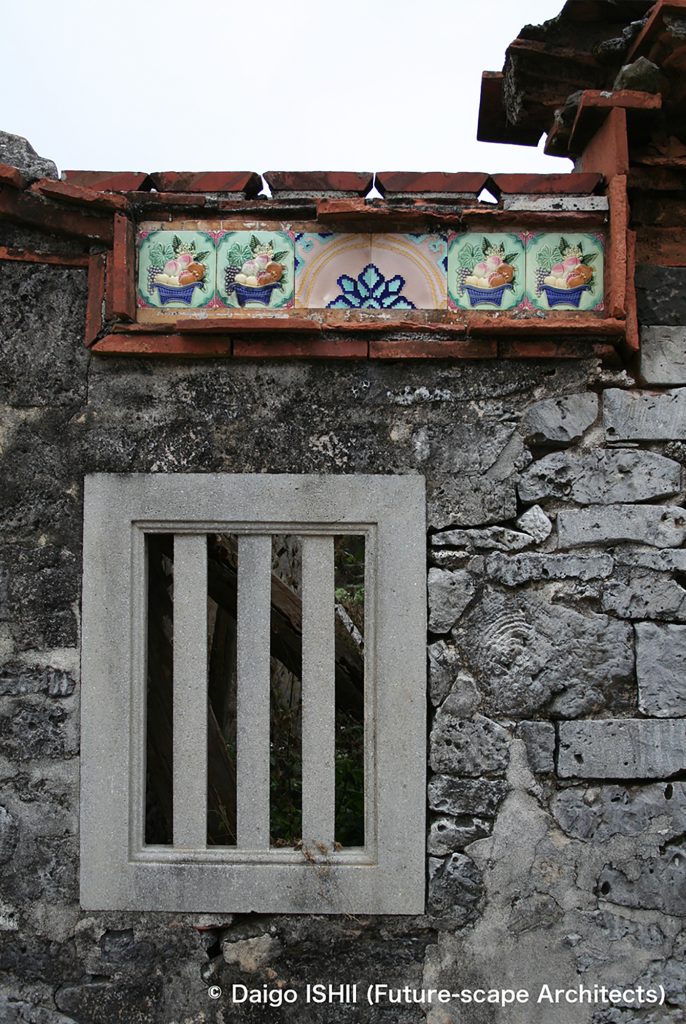
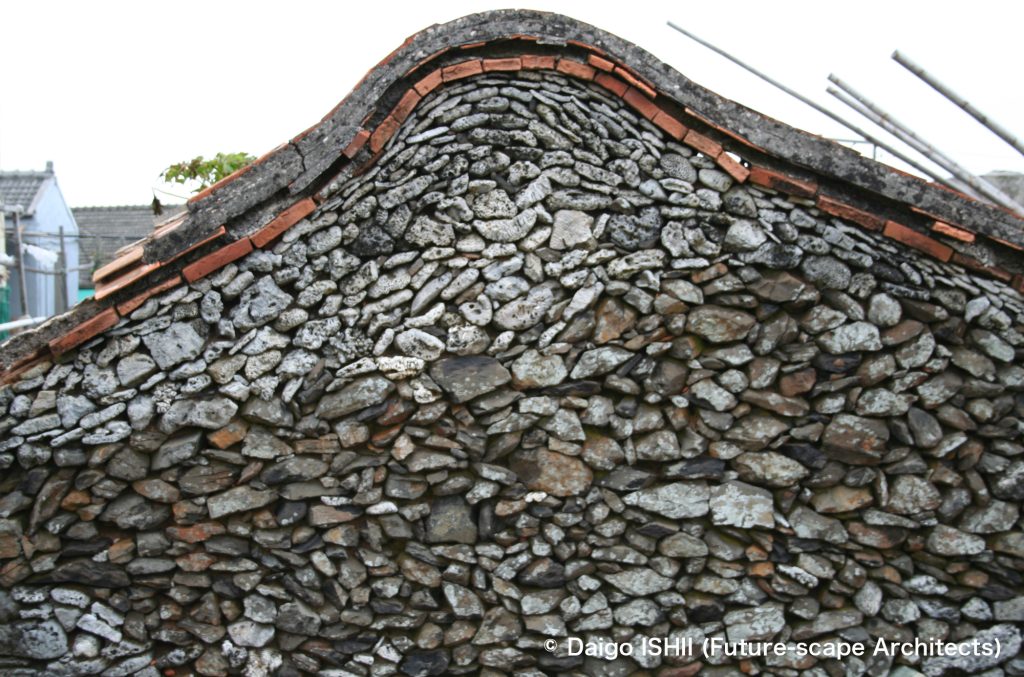
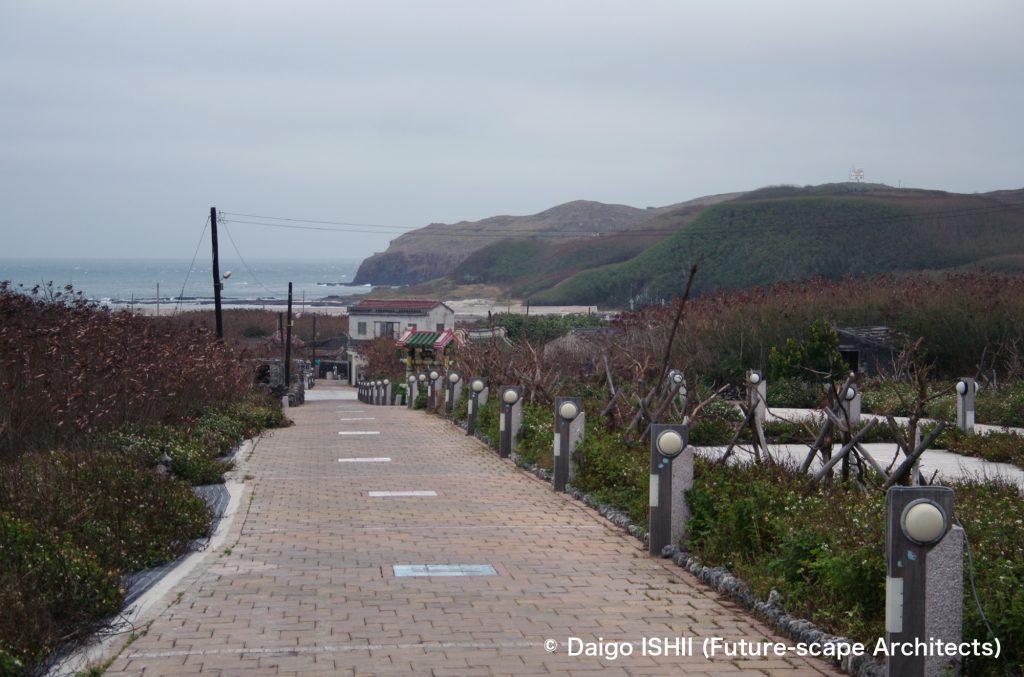
Click here for your impressions
reference
跛腳男的~後山漫遊記趣
”望安中社”(文建会,2003)
Wikipedia
Please do not use or upload our photos without permission.




